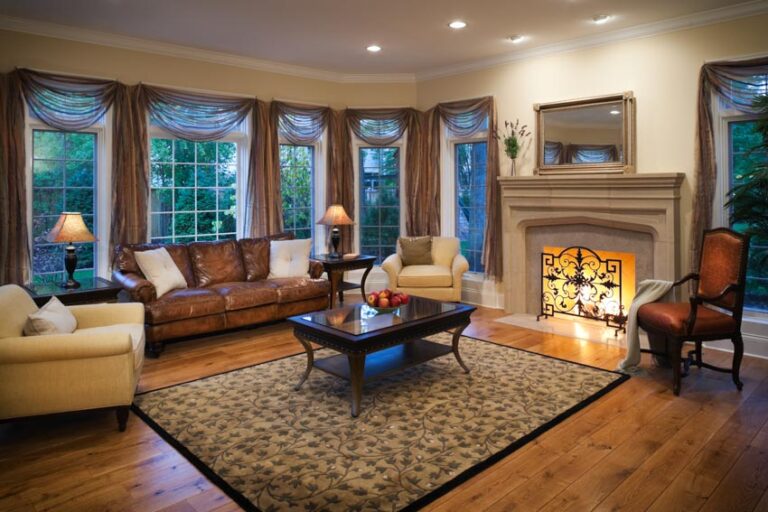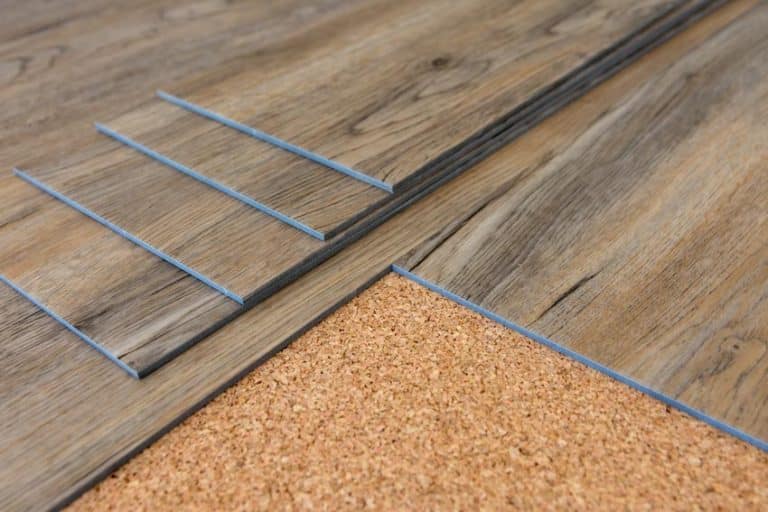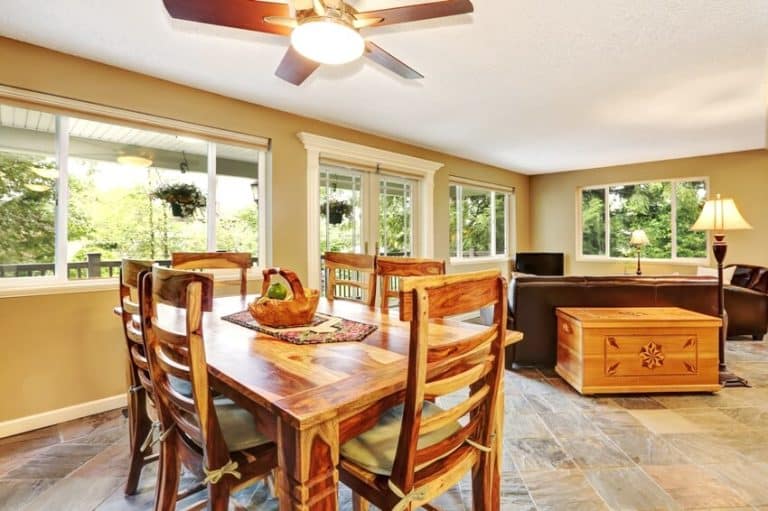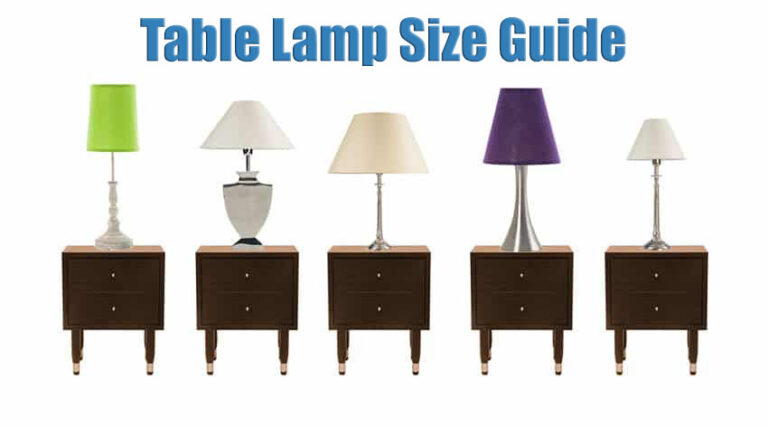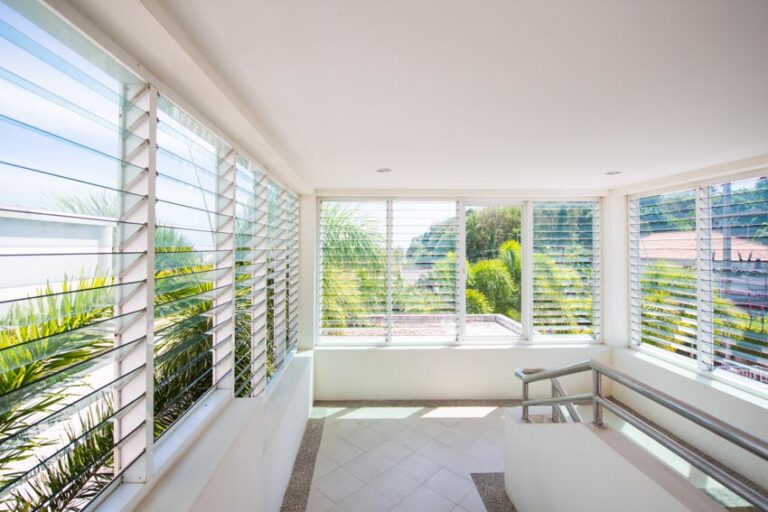Standard Screen Door Size & Measurement Tips
In this guide you’ll see the standard screen door sizes with size chart, sliding and magnetic screen door sizes and how to measure for a screen door.
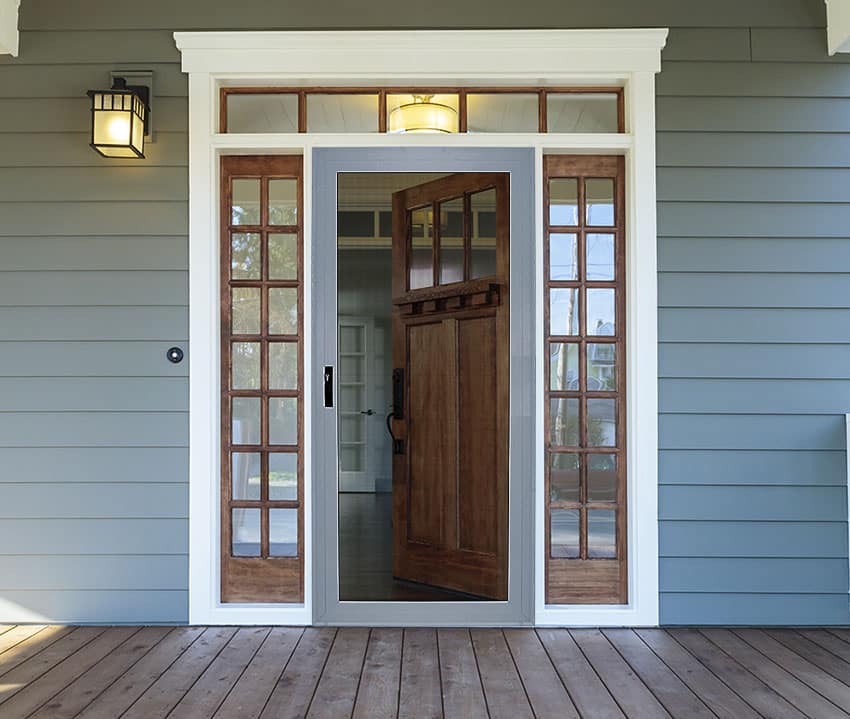
One way to enjoy the cool breeze in the morning or late afternoon, especially in the summertime, is to get a screen door for a home. This way, homeowners get the benefit without having to worry about mosquitoes or flies flying through an open door.
One thing that any homeowner should make sure of is getting the precise measurement from top to bottom of a particular doorway. This rough estimation of size ensures that the screen door will fit perfectly for a given size. This can be a new experience for some homeowners but with the right tools and instructions, it should be relatively straightforward.
The good thing about it is most screen doors are close to the size of standard door frames, making choosing the ideal fit for a door easier for anyone wanting to reap the benefits of a screen door.
Screen Door Sizes

Standard screen door sizes are available in what is typically considered standard door frame sizes. It will come with a width of 30 inches or 76 centimeters, 32 inches or 81 centimeters, 34 inches or 86 centimeters, and the bigger 36 inches or 91 centimeters.
All of these widths will have a standard height of either 72 inches to 80 inches or around 183 to 203 centimeters. The sizes listed will be perfect for most door frames that are installed in a typical home.
Although these sizes are often the “fixed” or the most available in a given store, custom sizes are available for many non-standard door frames. All homeowners need for a custom screen door is to measure the given door accurately and precisely.
Another thing to consider out of the door size is to ensure that the door’s handing is known. Door handing will refer to whatever direction the specific door swings or opens.
Screen doors are available with both right and left-hand configurations to make it easier for every household. This feature makes it easier for any homeowner to pick the perfect screen door specific to their given needs.
Screen Door Size Chart
To make it easier for any homeowners, here is a cheat sheet for the standard screen door sizes.
| Width in Inches | Width in Centimeters |
| 30 inches | 76 centimeters |
| 32 inches | 81 centimeters |
| 34 inches | 86 centimeters |
| 36 inches | 91 centimeters |
| Height in Inches | Height in Centimeters |
| Ranging from 72 to 80 inches | 183 to 203 centimeters |
Note for a storm door installation: Storm doors are generally the same size as the entry door. They provide added protection against adverse weather and can increase the home’s security. Some storm doors feature screens that can be used for ventilation and to keep insects out.
The standard storm door sizes are 32″ and 36″ wide. Custom door services can also help with an unusual storm door installation and offer tools to adapt the door to the dimensions of the doorway.
Standard Sliding Screen Door Dimensions
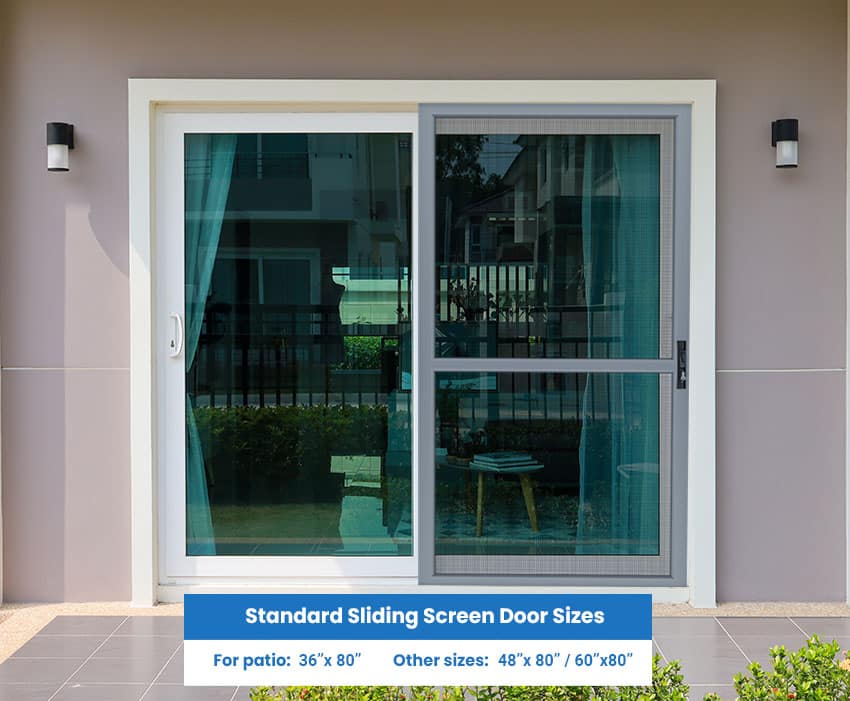
A sliding screen door is there to work like a typical screen door that will allow fresh air to flow into the room without the hassle of opening a window that will allow insects to enter the home. A sliding screen door has rollers in place to allow the screen door to open and close smoothly on the tracks.
The standard size for a sliding screen door for a patio or deck is typically 36 inches or 91 centimeters wide by 80 inches or 203 centimeters tall (36″ x 80″).
However, other standard sizes include 48 inches or 122 centimeters wide by 80 inches or 203 centimeters tall (48″ x 80″) and 60 inches or 152 centimeters wide by 80 inches or 203 centimeters tall (60″ x 80″).
Homeowners must remember that measuring the opening where the screen door will be installed is essential to ensure a proper fit, regardless of one’s level of experience. When measuring, taking into account the height and width of the door frame, as well as any tracks or channels that the screen door will slide into, is essential.
If homeowners are purchasing a screen door from a hardware store, stores may offer custom sizing options if the door opening does not fit standard sizes. It is also possible to have a screen door custom-made to suit specific door opening measurements out of the standard size door.
Sliding Screen Door Size Chart
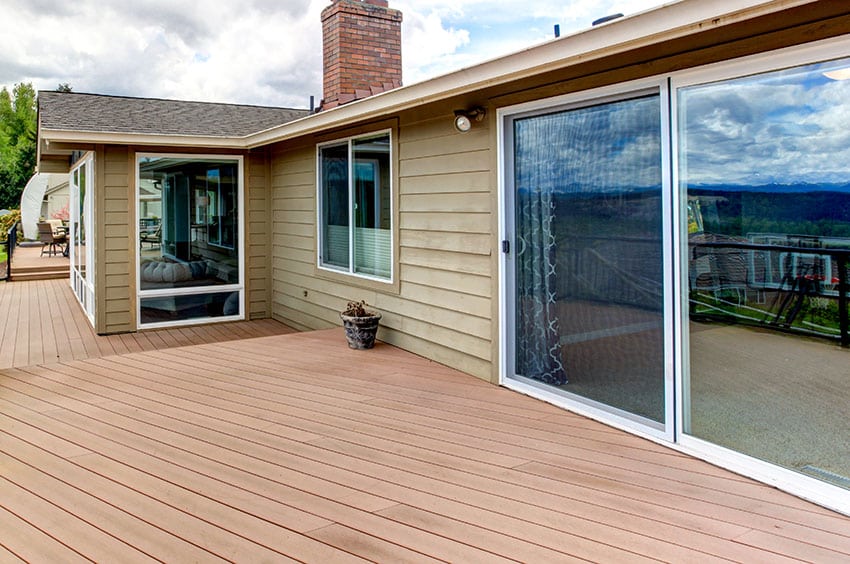
| Standard Size | Width in Inches | Height in Inches | Width in Centimeters | Height in Centimeters |
| 30 by 80 | 30 inches | 77 to 80 inches | 76 centimeters | 196 to 203 centimeters |
| 30 by 96 | 30 inches | 93 by 96 inches | 76 centimeters | 236 to 244 centimeters |
| 36 by 80 | 36 inches | 77 to 80 inches | 91 centimeters | 196 to 203 centimeters |
| 36 by 96 | 36 inches | 93 to 96 inches | 91 centimeters | 236 to 244 centimeters |
| 48 by 80 | 48 inches | 77 to 80 inches | 122 centimeters | 196 to 203 centimeters |
| 48 by 96 | 48 inches | 93 by 96 inches | 122 centimeters | 236 to 244 centimeters |
| Custom Size | 30 to 60 inches | 76 to 98 inches | 76 to 152 centimeters | 193 to 249 centimeters |
| Over Size | 30 by 72 inches | 76 to 120 inches | 76 to 183 centimeters | 193 to 305 centimeters |
Magnetic Screen Door Sizes
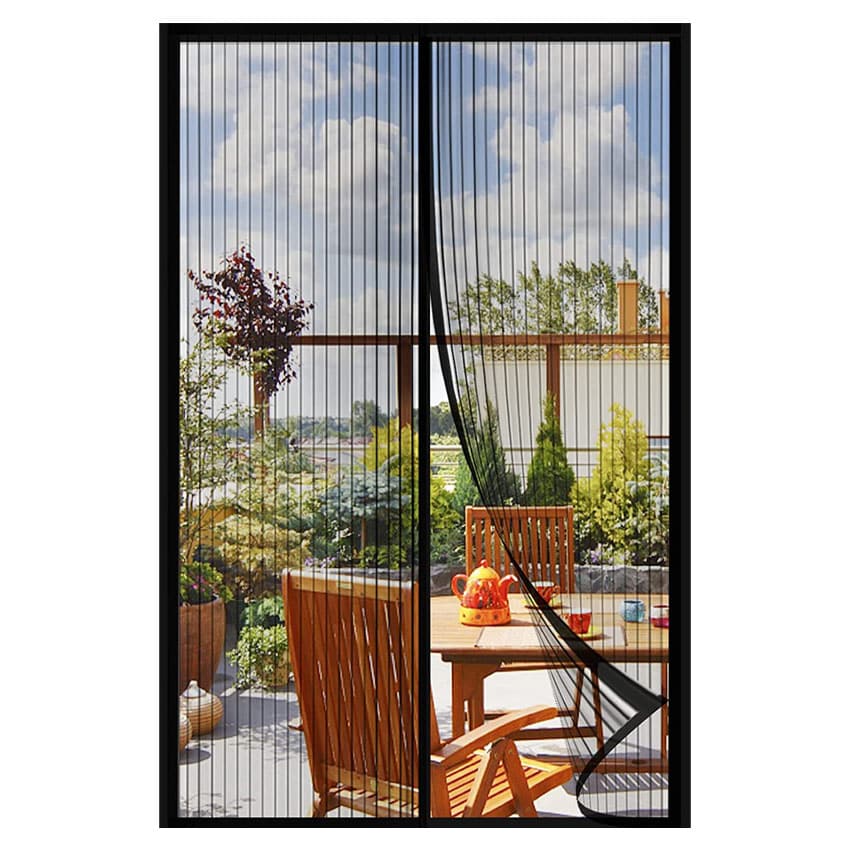
Magnetic screen doors come in various sizes to fit different door openings. The most common sizes are 32 by 80 inches or 81 by 203 centimeters, 36 by 80 inches or 91 by 203 centimeters, 39 by 83 inches or 99 by 211 centimeters, and last is the 42 by 96 inches or 107 by 244 centimeters magnetic screen doors.
These sizes are intended to fit standard door frames, but measuring the door opening before purchasing a magnetic screen door is essential to ensure a proper fit.
Undertaking a DIY project that involves installing a magnetic screen door entails particular details such as accurate door and height measurements for a proper fit. These project dimensions are intended to align with standard door frames, but taking time to measure the door opening before purchasing products like a magnetic screen door is crucial.
Magnetic screen doors are designed to be effortlessly installed and removed, making them a convenient choice for many renters or homeowners who don’t want to alter their doors permanently.
Typically these products consist of two mesh panels held together by a row of magnets down the center, resembling the panes in glass windows. If someone walks through the panels, the magnets separate, allowing the person to pass through and snap back together to keep insects out.
Some magnetic screen doors may have extra features such as strengthened edges, wind resistance, and pet-friendly designs. Choosing a durable, high-quality magnetic screen door that can withstand daily use is paramount to longevity.
How To Measure For A Screen Door

It is already established that measuring a specific door frame is the key to ensuring that the perfect screen door will be picked for a given door size. Sometimes, the standard door frame will have a standard screen door size fitted immediately, but accuracy is essential to avoid replacement or wasting money.
To measure for a screen door project, all homeowners must do is follow a few steps.
The first is measuring the doorway height. To do this, you can measure from the top to the bottom track of a door with a tape measure.
Ensure that the measuring starts with the top of the bottom groove of the door and the underside of the top part of the door. This will give a consistent and precise measurement needed for accuracy.
The next thing to do is to measure the width from side to side of the doorway. Measuring the width from top to bottom is essential.
This step will be followed by checking for any obstruction the screen door might encounter to prevent it from functioning smoothly. This step could mean double-checking locks and door handles and measuring the distance from that obstruction to the edge of the door frame.
Once all these steps are done, it will be easy to know if the door frame needs a standard or custom-sized door screen.
If this is determined, the next and last step is choosing a screen door that matches the home’s aesthetics. It is also important to note that it is made of sturdy and durable materials for screen door longevity.
If homeowners encounter any ambiguous questions or doubts about these steps, it’s always an option to seek advice from a professional retailer or contractor. They can provide detailed information and clarify any aspect of the process.
Spline Sizes
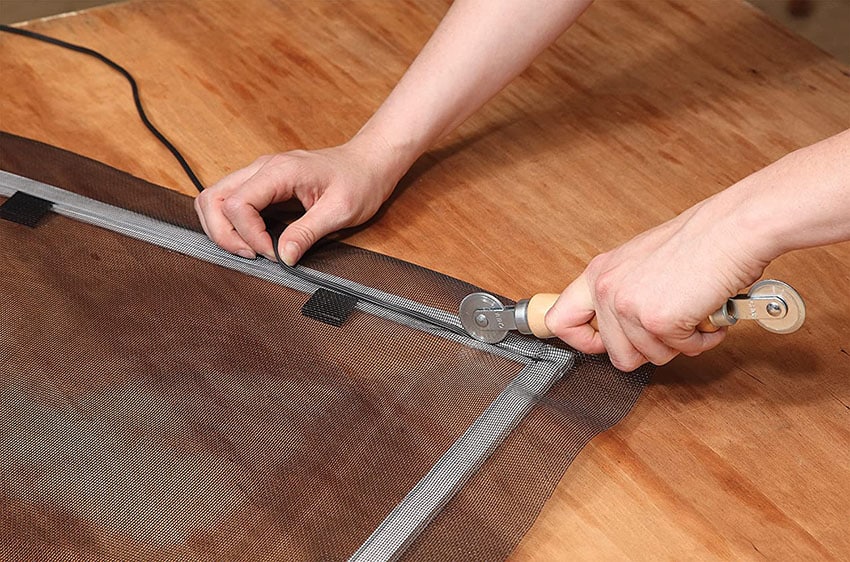
Screen door spline size refers to the thickness of the rubber cord used to hold the screen material in place within the screen door frame. The size of the groove typically determines the spline size in the screen frame that the spline fits into.
The most common spline sizes for screen doors are 0.125 inches (1/8 inch) or around 0.3175 centimeters and 0.157 inches (5/32 inch) or 0.3988 centimeters.
Nonetheless, spline sizes can vary depending on the manufacturer and the size of the screen door frame. It will also vary depending on what specific size any homeowner needs.
To determine the correct spline size for any screen door, homeowners should measure the width of the groove in the frame where the spline fits.
They can use a spline roller tool to remove the old spline and accurately calculate the groove’s width. Once this measurement is known, anyone can purchase a new spline of the appropriate size.
It is essential to use the correct size spline when replacing or repairing a screen door to ensure a tight and secure fit of the screen material in the frame.
If the homeowners are unsure about the correct spline size for a specific screen door size, one great thing is consulting a professional installer or retailer for guidance.
Did we miss any information about measuring screens, clearance, opening heights or door materials? Share your experience, questions or tips in the comments. Or find more related content in our article about the types of screen doors on this page.

